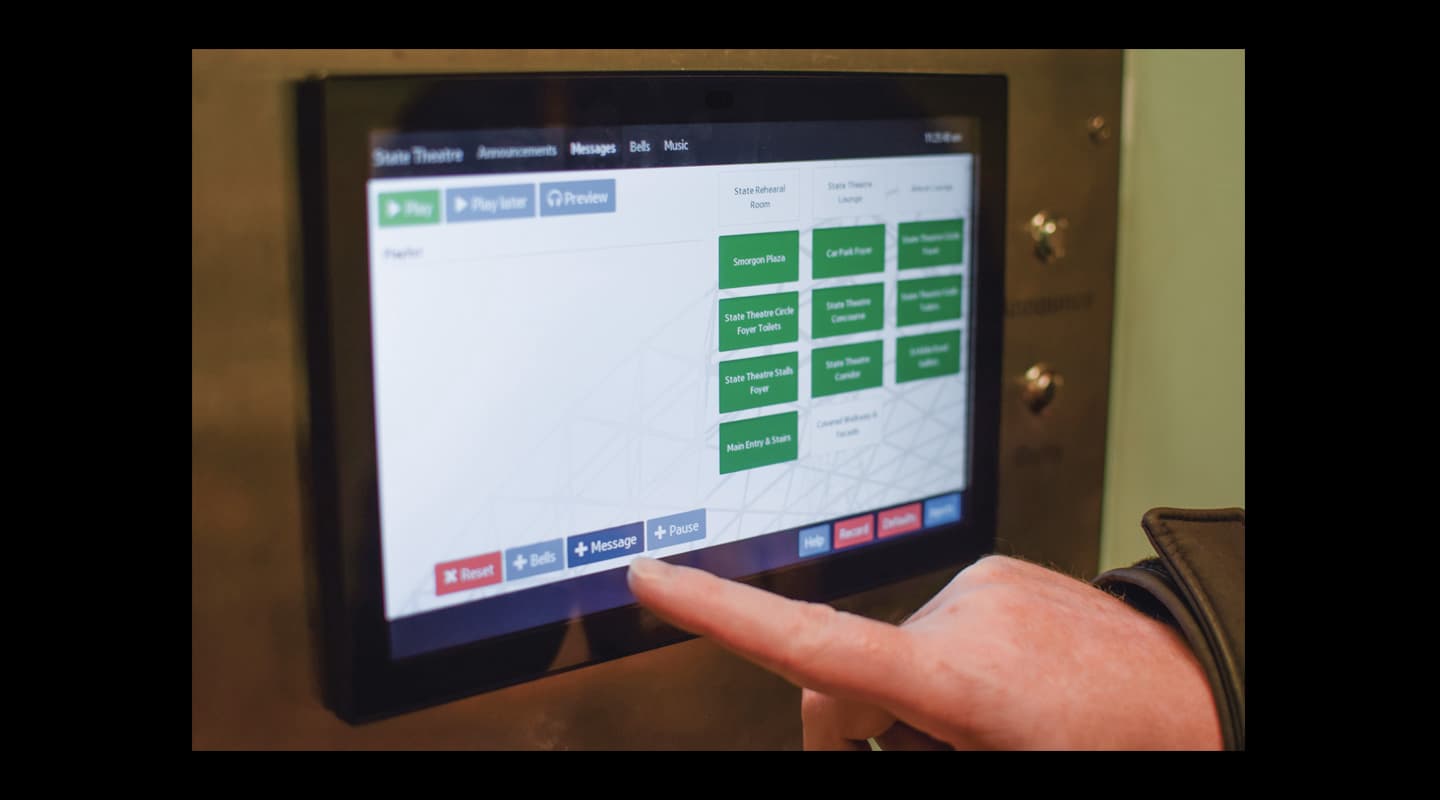
Q-SYS Systems Alert
Text:/ Preshan John
In a venue as extensive as the Arts Centre Melbourne (ACM), the analogue paging system schematic resembles a tangled maze. In such cases it’s not hard to see the audio-over-IP advantage. Large patchbays make way for small touchpanels, and it doesn’t take a tech geek to route audio from anywhere to anywhere with ease. As part of a long-term plan to modernise its AV, Arts Centre Melbourne commissioned Melbourne-based AV installer Lumicom to replace its outdated analogue paging system with a QSC Q-SYS network.
The Arts Centre Melbourne precinct houses three theatres: State Theatre, Fairfax Theatre, and Playhouse Theatre. Folks who walk into either the Level 1 St Kilda Rd foyer or Smorgon Plaza downstairs could be headed for any of the three theatres — which has to be taken into account when paging into these common areas.
FIND YOUR PAGE
Six paging stations are located in each of ACM’s main zones, all connected to a single Q-SYS core. At the heart of each station is a Samsung DB10E-T touchpanel running a browser-based HTML5 control layer developed by Lumicom to provide intuitive control of the Q-SYS network. Each is connected to two I/O-22s and accompanied by a gooseneck microphone for paging announcements and a button for bells. The GUI runs off the Samsung tablet’s browser and affects only the zone in which it lives — not the entire network. Some of the paging stations, like the ones in the café and bar, offer aux cords for staff to connect an iPod to play their own music into the zone. A number of ACM’s public spaces have wall socket XLR inputs where staff can hook up a mic during art tours and presentations. These inputs also appear on the Q-SYS network and can be controlled via their local paging station. Because the whole interface runs within a browser, ACM staff can monitor the network remotely through a smartphone or tablet.
Using the control software couldn’t be easier. Start by selecting the zone(s) you want to page into. Then choose what to feed the speakers in that zone — a live message using the microphone, a pre-recorded message, background music stored in shared folders, or bells. The interface even lets you string together a series of pages. For example, prior to a show in the Playhouse Theatre, you can cue up a 10-minute message, 5-minute message, 2-minute message then bells, and feed it into the Playhouse Theatre foyer area only.
Taking ACM’s existing paging system offline during the Q-SYS commissioning wasn’t an option. The whole venue had to be operating as usual throughout the installation.
A major benefit of networked audio systems means an entire installation could be mocked up offsite with virtually exact reproduceability.
“We were able to simulate the system completely off site,” says Michael Cartmel, New Media/IT Integration Services at Lumicom. “We had Arts Centre staff come in to try it out, we made a few changes, it was all approved off site, then we walked in and installed it. We wouldn’t be able to work that way without using Q-SYS.”
The new paging system was an instant hit. Lumicom engineer, Scott Summers, said, “The network connection had to be real time — no audible audio delay. The old system had a noticeable 300ms delay. You couldn’t page across two areas really. We had to limit what they could do with the system because of that delay. Whereas now you can do what you like in whatever zone you like and it’s all perfectly in sync.”
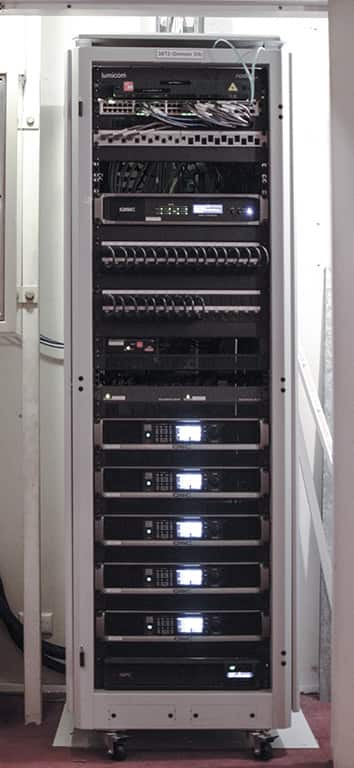
Technical Audio Group: (02) 9519 0900 or www.tag.com.au
Lumicom: www.lumicom.com.au
QSC: www.qsc.com


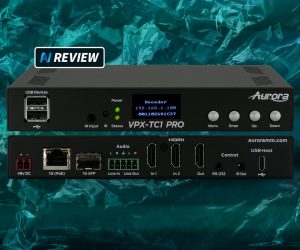
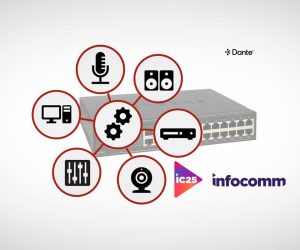
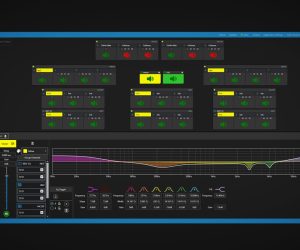
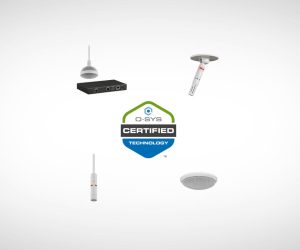
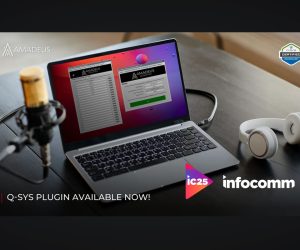




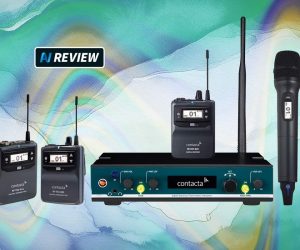
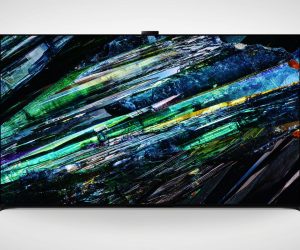


RESPONSES